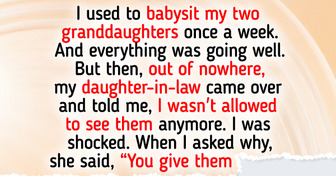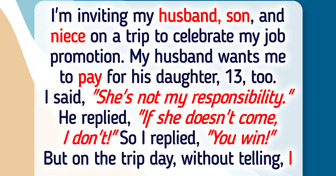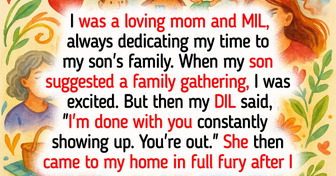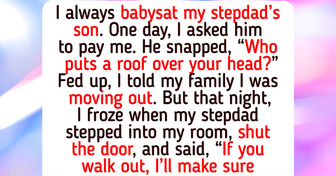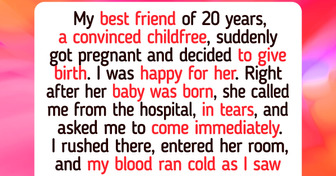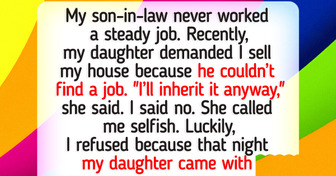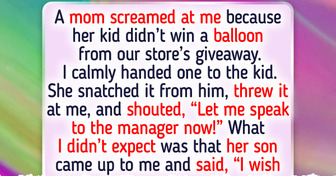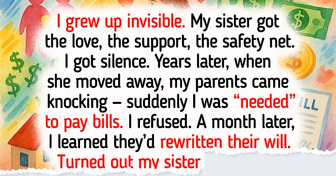I Closed My Doors to My Entitled In-Laws on the Weekend and I Don’t Regret It
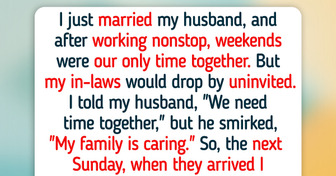
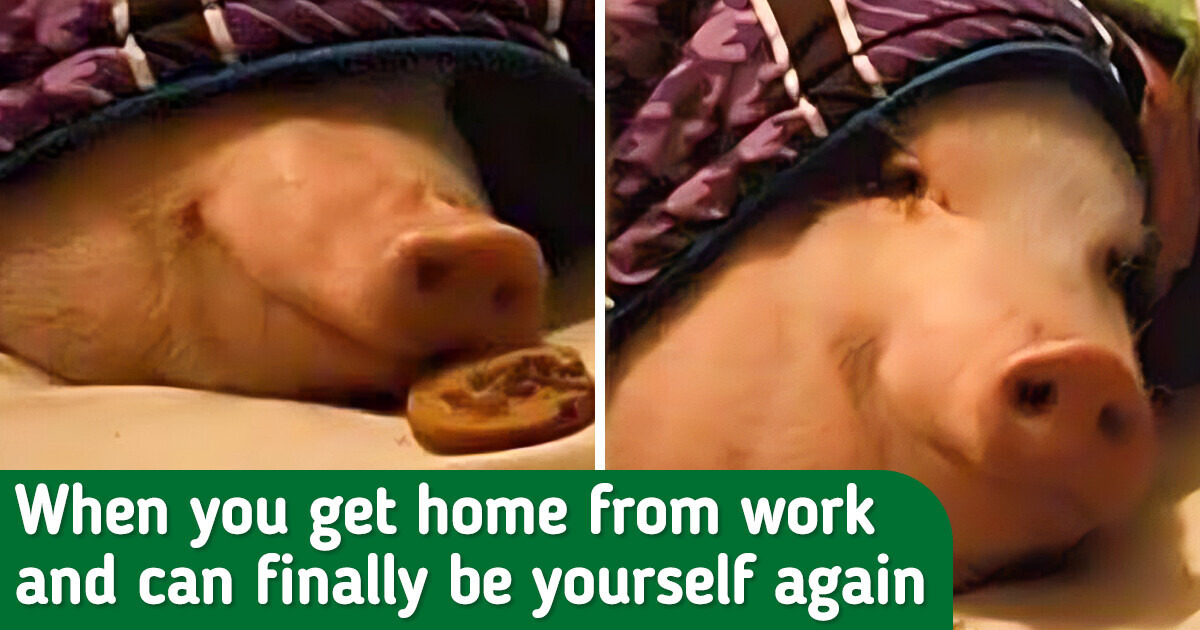
It’s hard to imagine our lives without memes. These funny pictures, videos, and quotes surround us anywhere on the Internet, and even offline! And what can be better than relaxing after a long working day and scrolling a couple of those just for giggles?
We are here to help you with this. Check out our Friday meme collection! And while you’re scrolling, you can also get to know the history of this Internet sensation.
The term “meme” has popped up 60 times in the New York Times Crossword since the puzzle’s beginnings in the 1940s, as reported by XWordInfo. Pinpointing the first-ever meme is challenging, but credit goes to British evolutionary biologist Richard Dawkins for introducing the term in his 1976 book, “The Selfish Gene.” Dawkins envisioned a “meme” much like a “phoneme,” the smallest sound unit in speech, or a “morpheme,” the smallest meaningful part of a word, explained Kirby Conrod, a linguistics professor at Swarthmore College.
To grasp the idea of a meme—a self-replicating piece of information—Professor Conrod likened it to an inside joke among friends or a catchy advertising jingle that sticks around for decades. He emphasized that humans naturally share and repeat things, and when we do, the meme reproduces itself. The New York Times Crossword first featured the word “meme” in 1953 with the clue “Same: French.” Its latest appearance was on Dec. 24, 2021, with the clue “Something that gets passed around a lot.”
Memes, according to Professor Conrod, have been a means of communication for as long as humans have used any symbolic system. D. Andrew Price, the head of content at Memes.com, echoed this sentiment, asserting that Dawkins merely “coined the term for something that’s existed literally forever.” Price described a meme as an idea that swiftly permeates public awareness.
The French word “même” means “same,” and in Greek, “mimoúmai” translates to “to imitate.” In his book, Richard Dawkins sought a term for the new replicator—a word that captures the idea of a cultural transmission unit or a unit of imitation. Dawkins aimed for a one-syllable term resembling “gene” and considered its potential connection to “memory” or the French word “même.”
According to Dawkins, a meme could be seen as a unit related to memory or the French term “même.” Webster’s New World College Dictionary defines a meme as “a concept, belief, or practice conceived as a unit of cultural information that may be passed on from person to person, subject to influences in a way analogous to natural selection.”
In essence, a meme is like an idea, belief, or practice that acts as a unit of cultural information, passing from one person to another, influenced by factors similar to natural selection.
An Internet meme, also known simply as a meme, is a piece of culture like an idea, behavior, or style that spreads on the Internet, especially on social media. Memes come in different types, such as pictures, videos, GIFs, and other things that become popular quickly. Memes are known for being easy to make fun of, using references to other things, spreading rapidly like a virus, and changing over time.
In 1993, Mike Godwin named it an Internet meme and talked about how memes spread on message boards, Usenet groups, and through email. As social media like YouTube, Twitter, Facebook, and Instagram grew, memes became more varied and could spread fast. New types of memes, like “dank” and surreal ones, and short videos on platforms like Vine and TikTok, have become popular.
Memes are a big part of Internet culture and are studied seriously. They show up in many areas, such as marketing, economics, finance, social movements, and healthcare. Even though some people think memes should be protected as fair use, using content from existing works can sometimes cause problems with copyright.
Memes, in essence, are like little bits of culture that travel around the Internet and change as they go. They are fun, quick, and can be about anything!
The term “meme” has undergone a change in meaning over time, much like many other words in the English language. Jennifer Nycz, an associate professor and director of undergraduate studies at Georgetown University’s Department of Linguistics, explains that in today’s Internet-driven world, “memes and their meanings are co-constructed by multiple users in a social context.”
According to her, this process of communication and knowledge creation is not fundamentally different from other forms; it just stands out more with memes because people deliberately create and share them for public commentary.
Saint Hoax, a popular meme creator with three million Instagram followers, defines a meme as a piece of media repurposed to convey cultural, social, or political expressions, often through humor. According to Saint Hoax, memes have the unique ability to capture insights in a way that perfectly aligns with the current cultural climate.
Moreover, memes play a significant role in boosting the popularity of various forms of entertainment. Samantha Sage, co-founder and chief creative officer of Betches, a media company targeting millennial women, notes that memes can propel new TV shows or songs to fame by becoming the foundation of viral trends. In this way, memes have evolved beyond simple jokes to become powerful tools for cultural expression and trendsetting.
The early 2000s witnessed the dawn of memes, with the classic top text/bottom text on images emerging as the first contenders. During this period, creating memes was less sophisticated due to limited tools. Memes like One does not simply or the Velociraptor meme gained popularity, embodying the simplicity of the era. Another trend was rage comics, three-panel comics often featuring the notorious troll face reacting to situations, such as gaming mishaps. These comics, created using Microsoft Paint, allowed more people to modify or replicate them easily.
The meme landscape experienced a significant shift in 2007 when YouTube popularized the video meme format. Memes like Rickrolling, Chocolate Rain, Numa Numa, and the Harlem Shake gained attention, contributing to the widespread popularity of meme culture.
A short-lived yet impactful social media app called Vine, which emerged as a major player in the meme scene, brought the short video format to the forefront. Memes like What are those, and Iridocyclitis became viral sensations. Though Vine had a brief existence, it paved the way for the evolution of memes.
Today, platforms like TikTok have amalgamated the best of Vine and YouTube, offering a new and expansive arena for spreading humor. The combination of short videos and creative content on TikTok has redefined the way memes are shared and enjoyed in the current digital landscape.
The landscape of memes has undergone significant transformations since its inception. A striking example is the contrast between earlier memes like rage comics. Rage comics followed a structured narrative with a beginning, middle, and end, while Harambe emerged as a meme following the controversy surrounding the death of a gorilla, showcasing the evolving nature of meme content.
Certain phrases have become integral to the vocabulary of the younger generation, such as “Bruh” or “Bruh moment.” “Bruh,” a shortened form of “brother,” is commonly used to express surprise or disappointment when something absurd occurs. An instance of a “bruh moment” might be, “When your wife’s boyfriend doesn’t let you sleep with her.” The term “Oof,” originating from the sound effect in the game Roblox when a character disappears, had a brief yet impactful presence, often used humorously when someone made a mistake.
Trends like T-Posing involve standing upright, ideally above someone, with arms forming a T shape to assert dominance. The year 2020 itself is often humorously regarded as a giant meme due to unprecedented events, like extended periods of isolation. Amidst the boredom, games like Among Us gained immense popularity, turning into memes in their own right.
Karen memes, depicting individuals exhibiting entitled and unreasonable behavior, witnessed a surge in popularity. These memes often portray instances where individuals resist wearing masks or engage in inappropriate behavior, highlighting societal issues and generating both amusement and critique.
Memes, however, are not universally embraced, as some may find certain memes offensive. The diverse nature of the Internet, with its myriad people and content, ensures that memes will continually evolve. The future of memes, ten years from now, remains uncertain and will unfold with the passage of time.
The application of memes in promoting products or services has given rise to the term “memetic marketing.” This approach leverages Internet memes to make advertisements more engaging and less intrusive, tailoring them to the preferences of the target audience. Marketing professionals can opt to use existing memes or create new ones from scratch.
Gucci, a prominent fashion brand, chose the former method, incorporating its watch collection into a series of Instagram ads that reimagined popular memes. Conversely, the meme “The Most Interesting Man in the World” emerged from an advertising campaign for Dos Equis beverages, showcasing the versatility of meme creation in marketing.
The concept of meme stocks has gained prominence, signifying instances where the value of a company’s stocks experiences a rapid and substantial increase in a short span, propelled by heightened online interest and subsequent buying activities by investors. GameStop, a video game retailer, stands out as the pioneering meme stock, marking the inception of this phenomenon.
The year 2021 witnessed the noteworthy involvement of /r/WallStreetBets, a subreddit dedicated to discussions on stock trading, and Robinhood Markets, a financial services company, in popularizing meme stocks. This period brought attention to a new breed of investors termed “YOLO investors”. These investors exhibit a lower aversion to risk in their financial ventures compared to their traditional counterparts.
In a fascinating twist, memes have also forged connections with the realm of cryptocurrency, giving rise to meme currencies like Dogecoin, Shiba Inu Coin, and Pepe Coin. The development of these meme cryptocurrencies has sparked discussions drawing parallels between the value dynamics of memes and traditional monetary markets. This intersection of memes and cryptocurrency adds a layer of unpredictability and creativity to the financial landscape, with the potential to reshape how we perceive and engage with both memes and investments in the digital age.
But even if you are not a loan shark on a finance market, but just an office worker, you can still enjoy a fun Friday meme at the end of the corporate week!
Internet memes wield significant influence as potent tools within social movements, contributing to the formation of collective identity and offering a platform for discourse. The utilization of memes in social movements becomes evident when examining specific instances such as the 2010 It Gets Better Project, which focused on LGBTQ+ empowerment. Memes played a crucial role in this initiative, serving to inspire and uplift LGBTQ+ youth while simultaneously contributing to the negotiation of the community’s shared identity.
Another noteworthy example showcasing the impact of Internet memes on social causes is the 2014 Ice Bucket Challenge. This viral phenomenon effectively raised both funds and awareness for amyotrophic lateral sclerosis (ALS). Through the widespread sharing of memes related to the Ice Bucket Challenge, the campaign succeeded in mobilizing support and disseminating information about ALS.
Additionally, Internet memes played a pivotal role in shaping the discourse surrounding the Occupy Wall Street (OWS) movement in 2011. Memes served as a dynamic and accessible means of communication, allowing participants and observers alike to engage in discussions and express opinions regarding the movement’s goals and messages.
In essence, Internet memes have proven to be dynamic tools, not only fostering connectivity within social movements but also amplifying their impact by creating a shared narrative and facilitating conversations that extend beyond physical boundaries. The ability of memes to convey messages with brevity and humor enhances their effectiveness in engaging diverse audiences and fostering a sense of community within various social causes.
What do you think about this Friday meme collection? What Friday meme would you add to it? Or maybe, you would like to see more fun memes like that? Then make sure to check out our next article!

